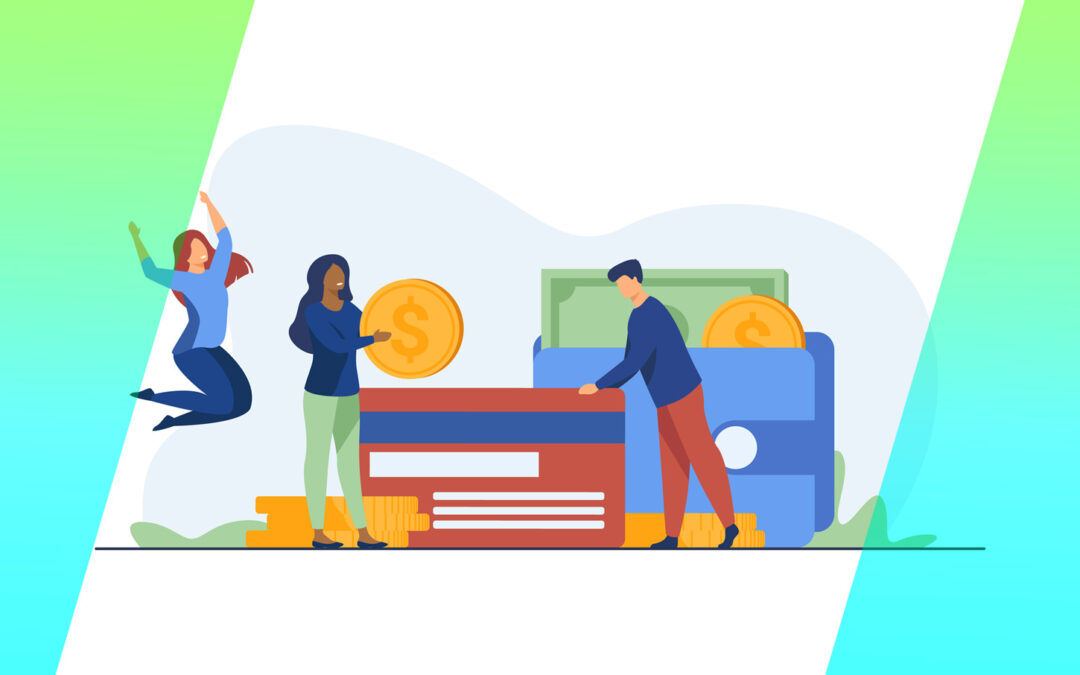Living with debt is difficult, but when you have no money to spare, the pressure can feel unbearable. Whether it’s from job loss, unexpected expenses, or simply falling behind, many people find themselves asking, “What now?” At Swift Debt Relief, we aim to make this situation feel less overwhelming by offering general, publicly available information in a clear and supportive tone. It’s important to understand that every situation is different, outcomes vary, and no debt relief method is guaranteed to succeed. Debt relief services may carry risks, including credit score impacts, program fees, or tax consequences. If you’re struggling to make ends meet, knowing where to start is essential.
Key Takeaways
- Having no money while in debt is more common than many people realize—and it’s not a dead end.
- Options may include prioritizing essential expenses, contacting creditors, or exploring debt relief services.
- Swift Debt Relief offers general guidance and information to help you understand possible next steps.
Understanding Your Financial Priorities
When money is extremely limited, the first step is to focus on survival essentials: food, housing, utilities, and transportation. Missing a credit card payment can hurt your credit score, but missing rent or groceries can create immediate hardship. It’s okay—and often necessary—to prioritize basic needs first.
Track What You Do Have
Even when it feels like there’s nothing left, taking a hard look at your income and expenses can uncover patterns or small amounts that may help. List everything coming in, even irregular income, and review what’s going out. Sometimes, just organizing this information can help create a path forward.
What Happens If You Can’t Pay Your Debts?
Many creditors are willing to work with you—especially if you reach out before missing payments. Communication is key. Explain your situation honestly and ask about available options like:
- Hardship programs
- Temporary payment deferrals
- Lower interest rates
If you’re not comfortable contacting creditors on your own, a professional team like Swift Debt Relief can help explain what general paths might be available, though individual outcomes will vary depending on creditor cooperation, financial circumstances, and program participation. Reach out to us to get started.
Exploring Debt Relief When Funds Are Tight
1. Credit Counseling
Non-profit credit counseling agencies can help you develop a budget and may offer debt management plans. These plans don’t eliminate your debt, but they may help you lower interest rates or simplify your payments. Some counselors may offer their initial services at no cost.
2. Debt Settlement
If you’re significantly behind on payments, debt settlement may be an option. This approach involves negotiating with creditors to settle your accounts for less than what you owe. While this might sound ideal, it can impact your credit and sometimes involve fees or tax consequences. It’s important to weigh the pros and cons carefully, as settlement outcomes are not guaranteed.
3. Bankruptcy
Bankruptcy is a legal process that can sometimes discharge certain debts, but it’s typically a last-resort option. While Swift Debt Relief does not provide bankruptcy services, we can help you understand whether it’s worth exploring further with a qualified attorney. We do not offer legal advice or make recommendations regarding bankruptcy filings.
Taking the First Step When You’re Overwhelmed
If you feel stuck, know that you’re not alone—and you don’t have to figure everything out at once. The first step might be as simple as gathering your financial information or talking to someone who understands the debt landscape.
- Start small: Focus on today. Can you cut one expense or find one source of income?
- Talk to someone: Whether it’s a friend or a debt relief professional, don’t carry the stress alone.
- Explore your options: Every financial journey is different, and even limited income doesn’t mean you’re out of options.
If you’re unsure what to do next, contact Swift Debt Relief for general information on potential strategies. You may have more choices than you realize.
Disclaimer (Please Read): The content in this article is for informational purposes only and does not constitute financial, tax, legal, or credit advice. Individual results will vary depending on personal circumstances, creditor participation, and program adherence. Past outcomes do not guarantee future results. For specific questions and personalized guidance, consult a Swift Debt Relief professional or a qualified financial advisor or attorney.






